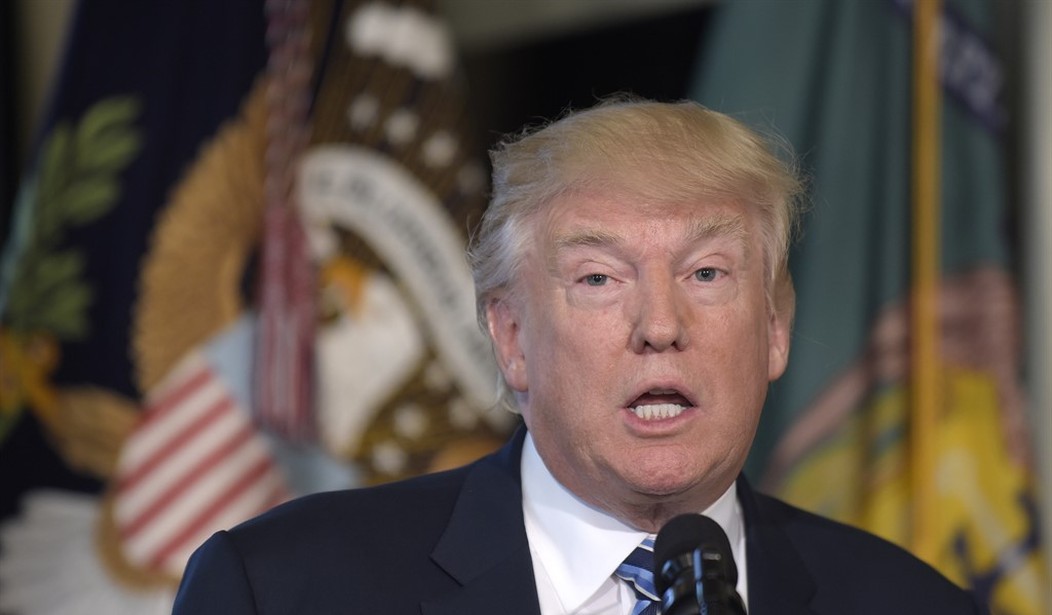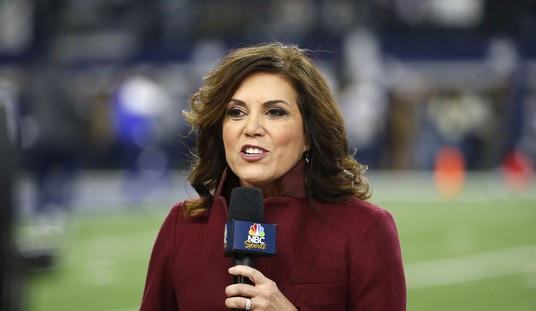This might shock everyone who lives inside that bubble, but not anyone on the outside. Conservatives have long accused the media of living in a bubble, and Jack Shafer writes today at Politico that they were right — even if the bubble might not be exactly what they thought. In fact, there may be more than one bubble, one ideological and the other geographic, and the impact of both together may make it worse than people — even conservatives — imagine. However, Shafer’s analysis has its own limitations, and misses a key point:
But journalistic groupthink is a symptom, not a cause. And when it comes to the cause, there’s another, blunter way to think about the question than screaming “bias” and “conspiracy,” or counting D’s and R’s. That’s to ask a simple question about the map. Where do journalists work, and how much has that changed in recent years? To determine this, my colleague Tucker Doherty excavated labor statistics and cross-referenced them against voting patterns and Census data to figure out just what the American media landscape looks like, and how much it has changed.
The results read like a revelation. The national media really does work in a bubble, something that wasn’t true as recently as 2008. And the bubble is growing more extreme. Concentrated heavily along the coasts, the bubble is both geographic and political. If you’re a working journalist, odds aren’t just that you work in a pro-Clinton county—odds are that you reside in one of the nation’s most pro-Clinton counties. And you’ve got company: If you’re a typical reader of Politico, chances are you’re a citizen of bubbleville, too.
The “media bubble” trope might feel overused by critics of journalism who want to sneer at reporters who live in Brooklyn or California and don’t get the “real America” of southern Ohio or rural Kansas. But these numbers suggest it’s no exaggeration: Not only is the bubble real, but it’s more extreme than you might realize. And it’s driven by deep industry trends.
The main cause of these two bubbles, Shafer writes, is the collapse of the traditional news publishing business in the Internet era. Reporting jobs dried up in middle America, and with it the connection to its communities and politics. The news jobs that remained exist within the urban cores of these regions, but many of them shifted to Internet publishing — and those jobs mainly exist in the same coastal enclaves that suffered Pauline Kaelism on Election Night. Almost three quarters of Internet media jobs are within “the Boston-New York-Washington-Richmond corridor or the West Coast crescent that runs from Seattle to San Diego and on to Phoenix.” Chicago, which is America’s third largest city but less connected to either coast, only has 5% of those jobs, Shafer points out.
It’s an intriguing theory and worth considering as part of a whole, but only a part. The trends which Shafer notes are framed within a period from 2006-2017, but the problem of media bias and its bubble existed long before 2006, and long before the Internet, too. Shafer tends to dismiss Nate Silver’s analysis of media bias from last month, but it’s worth noting for its impact on journalistic groupthink too, and also because it precedes Shafer’s timeframe. Silver pointed out that only seven percent of journalists identify as Republican, and that a lack of political diversity in newsrooms led to this bubble effect.
That was precisely the issue about which Bernard Goldberg warned in an explosive Wall Street Journal column in 1996, a full decade before Shafer’s timeframe, and then in his seminal book Bias, which came out in 2001. Goldberg identified editorial bias in precisely the same way Shafer lays out in this Politico piece, as being both geographic and ideological, as well as cultural. Most importantly for this analysis, Goldberg’s experiences with the ideological and geographic bubbles at CBS News came long before the news industry’s realignment and decline, and long before the Internet relocated jobs to the coasts.
That doesn’t make Shafer wrong about the impact of the trends he’s noting. He’s correct in that limited sense, but he’s got the root cause wrong, or at best incomplete. The trend toward cultural narrowness and ideological blinkering started long before the Internet shook up the news business, and in some ways the Internet’s impact was a reaction to bias in newsrooms. At least they agree on one core outcome: America’s media exists in a series of self-reinforcing bubbles, and it’s getting worse.
Update: Sissy Willis has further thoughts on the timeline … or rather had further thoughts. In 2004. And used a 1990 critique from Insight magazine to make the point.








Join the conversation as a VIP Member